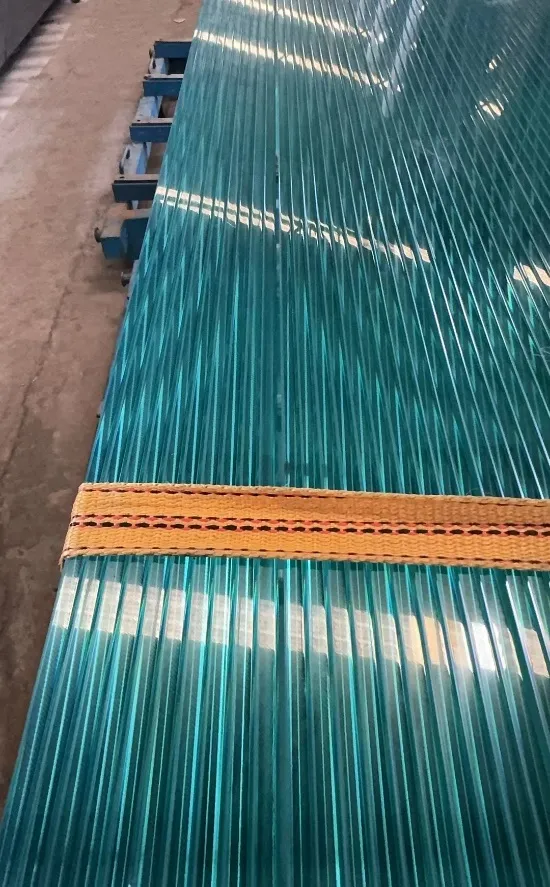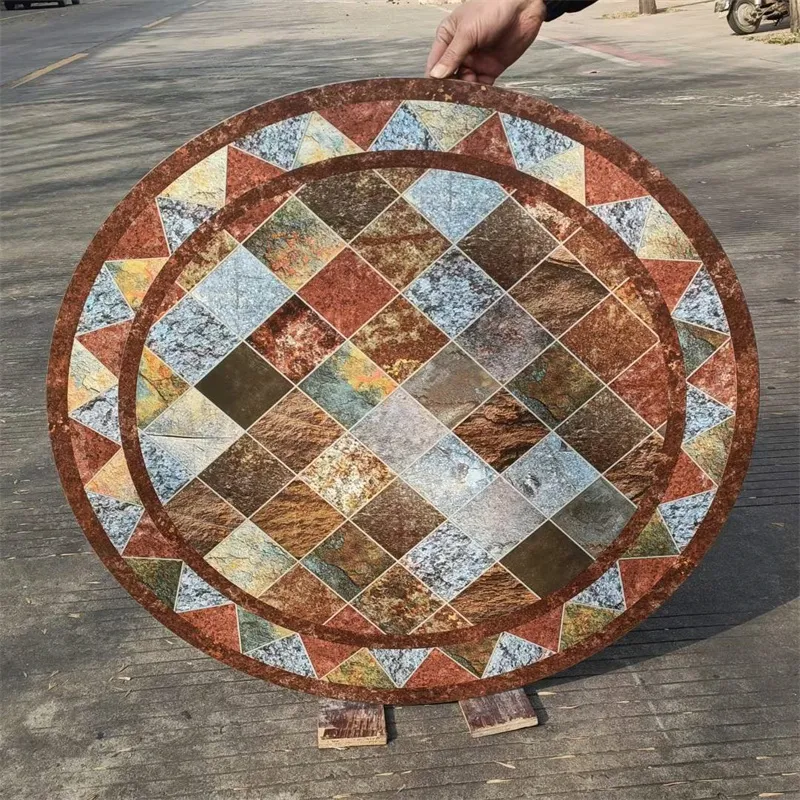Dec . 31, 2024 03:18 Back to list
different types of tempered glass
Different Types of Tempered Glass
Tempered glass, also known as toughened glass, is a type of safety glass that has been treated with extreme heat or chemicals to increase its strength compared to standard glass. When broken, tempered glass shatters into small, blunt pieces that are less likely to cause injury, making it a popular choice for various applications. Due to its enhanced properties, tempered glass comes in different types, each designed for specific uses. This article explores the various types of tempered glass and their applications.
1. Heat-Strengthened Glass
Heat-strengthened glass undergoes a heating process similar to tempered glass, but it is not subjected to the same extent of thermal treatment. As a result, it is about twice as strong as standard glass but not as strong as fully tempered glass. This type is often used in buildings, facades, and storefronts where safety is essential, yet the extreme strength of tempered glass may not be necessary. Heat-strengthened glass can withstand temperature fluctuations better than regular glass, making it suitable for environments with high thermal stress.
2. Fully Tempered Glass
Fully tempered glass is produced through a process that involves heating the glass to over 600 degrees Celsius and then rapidly cooling it. This process creates a uniform distribution of stress within the glass, resulting in a product that is several times stronger than standard float glass. It is specifically designed to handle high-impact situations and thermal stresses, making it ideal for a wide range of applications, including shower doors, glass doors, glass railings, and even in the automotive industry for side and rear windows.
3. Laminated Tempered Glass
Laminated tempered glass consists of two or more sheets of tempered glass bonded together with an interlayer, usually made of polyvinyl butyral (PVB) or ethylene-vinyl acetate (EVA). This type of glass not only maintains the strength and safety features of tempered glass but also adds benefits such as sound insulation and UV protection. It doesn’t shatter into dangerous shards; instead, the interlayer holds the glass pieces together when broken, which prevents injuries. Laminated tempered glass is commonly used in skylights, curtain walls, and sound barriers.
different types of tempered glass

4. Low-Iron Tempered Glass
Low-iron tempered glass is characterized by its clarity and transparency, making it an excellent choice for applications that require minimal distortion. This type of glass has been treated to reduce the iron content, which traditionally gives glass a green hue. Low-iron tempered glass is widely used in architectural applications, display cases, and even high-end residential windows where aesthetics are paramount. Its strength and clarity make it an appealing option for modern designs.
5. Colored Tempered Glass
Colored tempered glass is created by adding pigments during the manufacturing process, resulting in vibrant, customizable colors. This type of glass is often used in architectural designs to enhance visual appeal, particularly in facades, partitions, and decorative elements. In addition to aesthetic purposes, colored tempered glass retains the same strength and safety features as clear tempered glass, making it a durable option for both indoor and outdoor applications.
6. Frosted Tempered Glass
Frosted tempered glass is produced by sandblasting or acid-etching the surface of clear tempered glass, giving it a translucent finish that diffuses light. This type of glass provides privacy while allowing natural light to enter a space, making it an excellent choice for bathroom windows, office partitions, and shower enclosures. The frosted finish also masks fingerprints and water spots, ensuring that the glass maintains its aesthetic appeal over time.
Conclusion
Tempered glass is a versatile and essential building material with various types designed to meet different needs. From its strength and safety features to its aesthetic value, tempered glass is used in countless applications across the construction, automotive, and design industries. Understanding the different types of tempered glass allows architects, designers, and homeowners to make informed choices that best suit their specific requirements, balancing functionality, safety, and beauty. As technology advances, the potential for new types and applications of tempered glass continues to expand, ensuring its relevance in modern architecture and design.
-
Safety and Style with Premium Laminated Glass Solutions
NewsJun.24,2025
-
Reinvents Security with Premium Wired Glass
NewsJun.24,2025
-
Premium Float Glass Line for Modern Architecture
NewsJun.24,2025
-
Low Emissivity Glass for Energy-Efficient Architecture
NewsJun.24,2025
-
High-Performance Insulated Glass Solutions for Modern Architecture
NewsJun.24,2025
-
Elevates Interior Style with Premium Silver Mirror
NewsJun.24,2025
Related PRODUCTS














